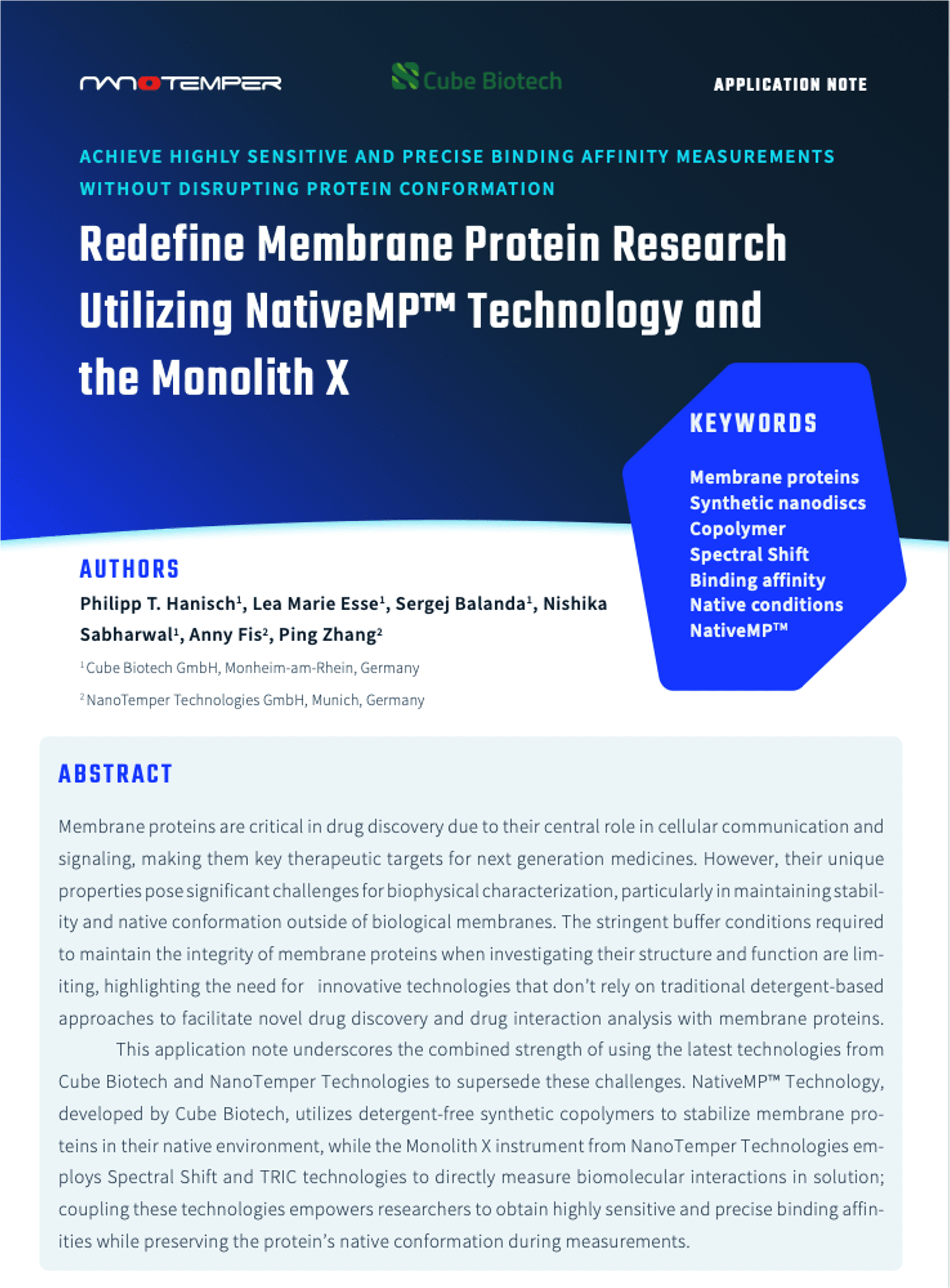
Some people refer to it as a natural attraction. To others, it could just be that two things or people are a “good fit” for each other.
General definition
While there are different definitions for the word “affinity”, its meaning in our daily lives is intuitively understood: a quality that makes things or people go well together.
Following this definition, examples of affinity can easily be found: bread and butter, shoes and socks, or coffee and a sunrise. Even people can have their perfect matches — or better said — have a strong affinity with others.
Biology Definition
In the context of biology and biophysics, the meaning of “affinity” is not very different. It refers to the strength by which two (or more) molecules interact or bind. Binding affinity is reported by the famous Kd or equilibrium dissociation constant. The smaller its value, the greater the affinity between two molecules and vice-versa. This biophysical parameter is so important that it represents the foundation of molecular recognition and communication.
Over the last 50 years, scientists have creatively developed several technologies, like MST, that can measure the binding affinity between two molecules, which have become invaluable tools in science. It’s thanks to these tools that researchers are able to understand biological processes at the cellular level, they can characterize purified proteins and confirm structure-activity relations, study enzyme inhibition and understand the interactions between antibodies and their targets.
Affinity is also important in drug development. In early-stage discovery, it’s used as the key selection parameter during candidate molecule screening and it’s further optimized during the hit-to-lead phase.
Affinity plays a crucial role in various aspects of our lives. It determines which people, things and biomolecules that go well together. Without it, science, society, and life itself, would unquestionably be very different.
Learn how you can measure binding affinity and why it matters in science.










